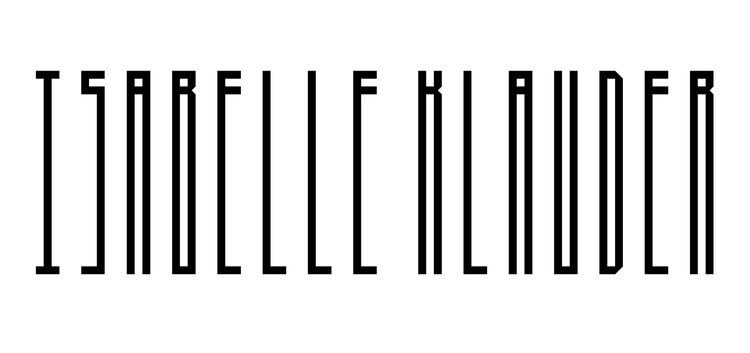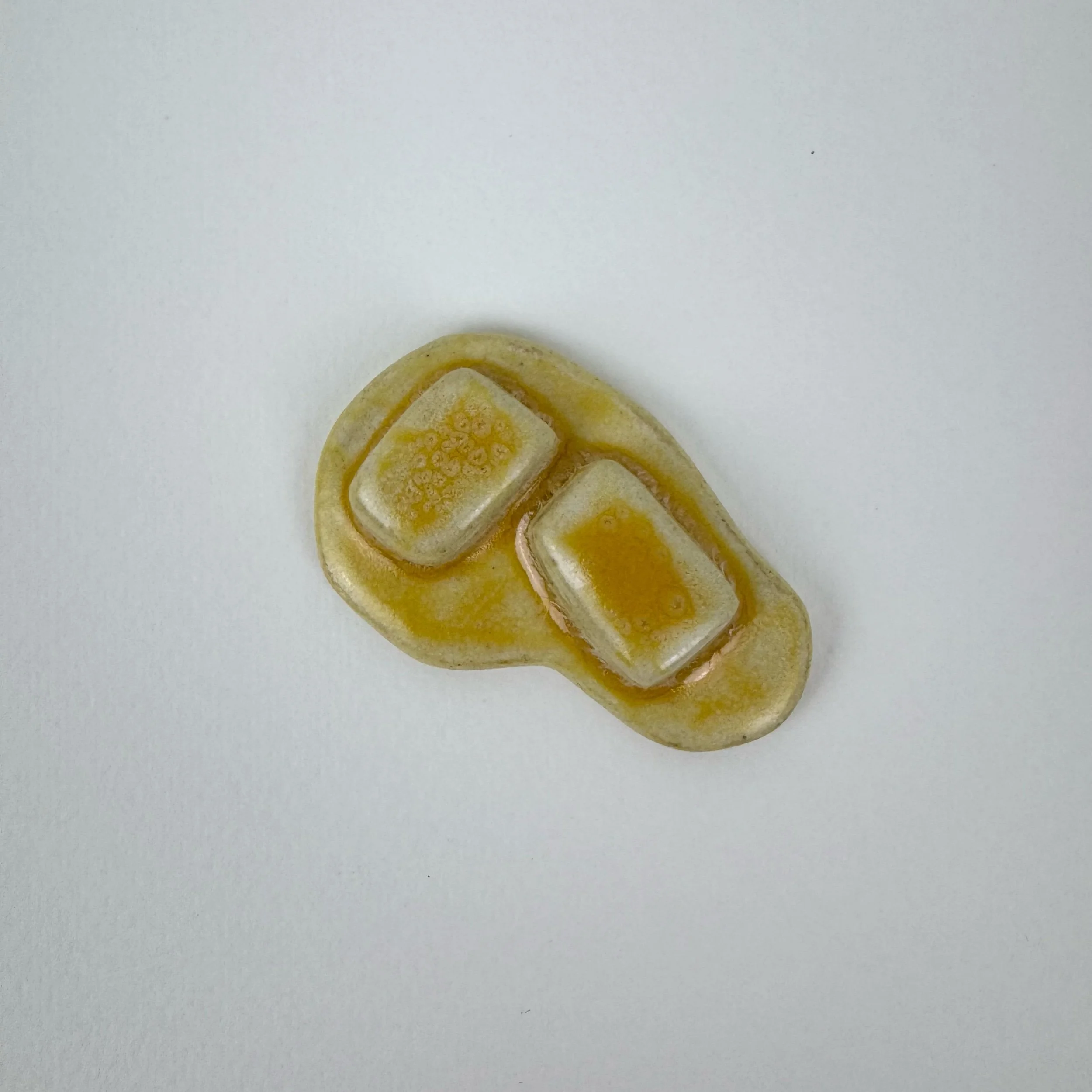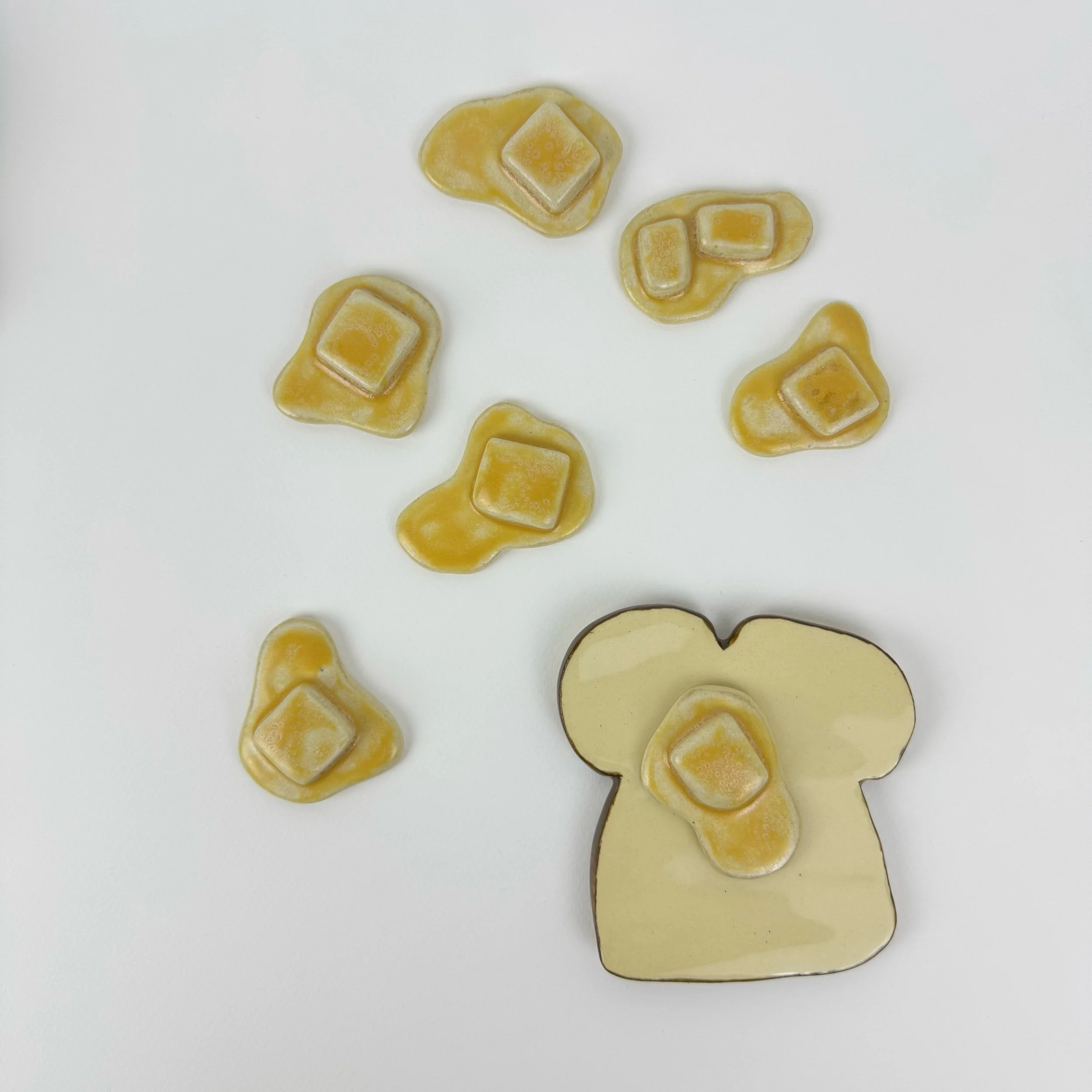Butter / Slice 5
Butter / Slice 5
Bread & Butter
A small whimsical slice of melted butter for your toast.
Hand built out of Little Loafers Stoneware and glazed in wildflower yellow.
Approximately 2” x 2”
Food Safe. Hand-wash only. No butter in the dishwasher.
Signed by Isabelle Klauder
This melted slice comes carefully packaged in a small secure package. Please allow 2-14 business days for shipping via USPS Ground or Priority Mail.
Ships from Asheville, NC.
Free local pickup available.
The Toast Project began as a fun playful idea in September 2024—just before Hurricane Helene struck my home in Western North Carolina. In anticipation of the storm, I found myself at Highwater Clays, buying a bag of Little Loafers and thinking about the rituals that emerge when disaster looms, especially the curious phenomenon of bread disappearing from grocery store shelves. If you’ve ever lived in an area prone to hurricanes, you’ll know that bread is often the first item people rush to buy before a storm. But why is that? Also, why am I buying clay instead of bread??
Bread is one of humanity’s most ancient and important foods, symbolizing life, sustenance, and community. Its presence marks major transitions throughout human history—from nomadic tribes to settled agricultural societies—and it has played a central role in rituals, religion, and social structures. In many cultures, bread is sacred: the ancient Egyptians considered it a gift from the gods, while Greeks and Romans refined its production. The phrase “breaking bread” is synonymous with sharing and hospitality, highlighting bread’s ability to bring people together.
Still today, bread remains a staple food worldwide, cherished for its nutritional value and affordability. It provides essential nutrients—such as gluten, starch, and sugar—and can sustain life on its own. The incredible variety of breads, from tortillas to baguettes, reflects local grains and traditions, making bread both universal and culturally unique. Modern bread consumption also speaks to social status, health consciousness, and convenience, especially with the rise of sliced and packaged bread in the 20th century. (Though, as the food pyramid reminds us, perhaps we don’t need to eat quite so much of it.)
So why do we stock up on bread before natural disasters? The reasons are both obvious and deeply symbolic. Bread is non-perishable for several days, easy to store, and requires no preparation—making it ideal for emergencies when power and resources may be limited. Culturally, bread is seen as a comfort food and a symbol of security and normalcy. Stocking up on bread offers psychological reassurance in uncertain times, reflecting its longstanding association with survival and its role as a foundational food in human society.
Bread’s enduring significance lies in its ability to nourish, unite, and comfort—making it a natural choice in times of both celebration and crisis!
That’s why Loaf 2 is so extra special: it’s a collection of toast plates sliced from my very last bag of Little Loafers Clay from Highwater Clays in Asheville. Little Loafers is a beloved, smooth, white stoneware clay, prized for its porcelain-like beauty and stoneware strength.
Sadly, after Hurricane Helene’s devastating floods, Highwater Clays’ Asheville facility has permanently closed, and Little Loafers is now unavailable for the foreseeable future.
The Toast Project is an ode to all of us who endured the devastation of Hurricane Helene and each plate is a symbol of resilience and community in moments of uncertainty.





